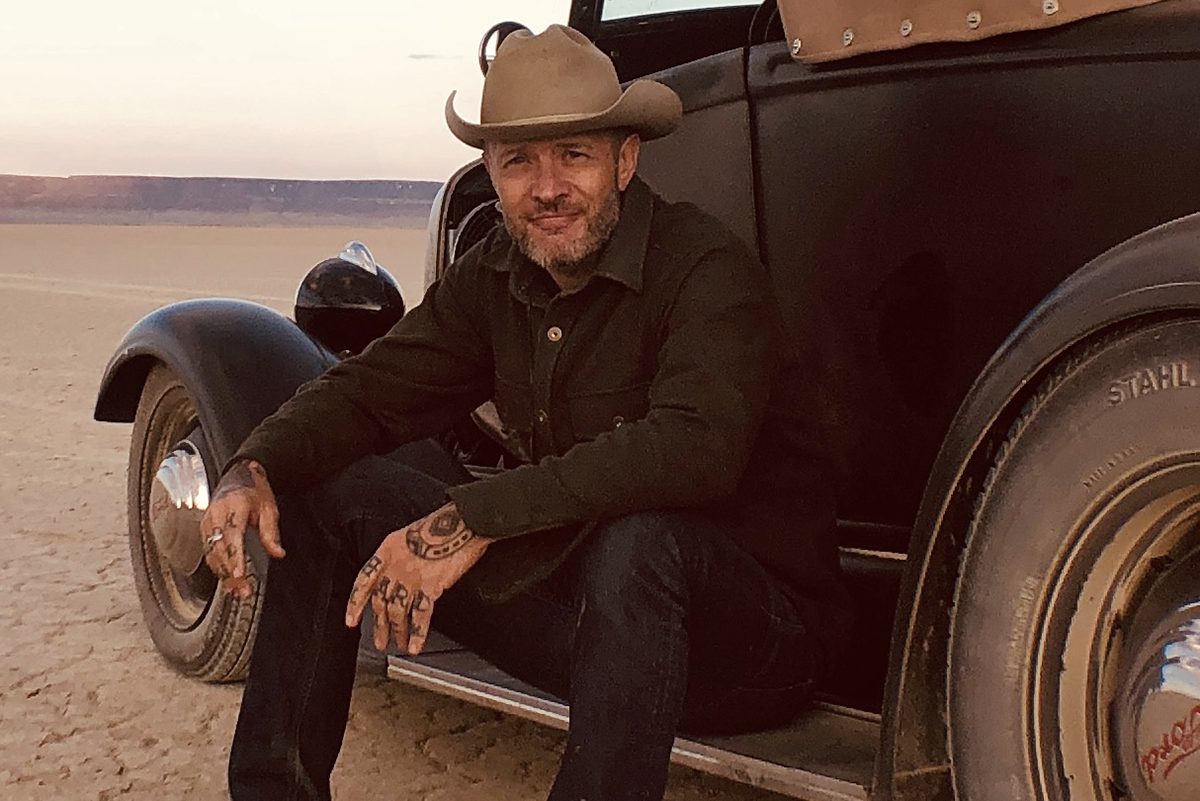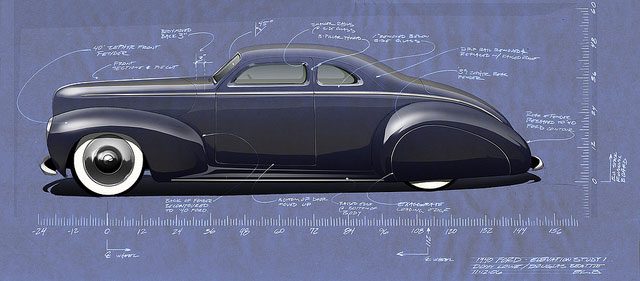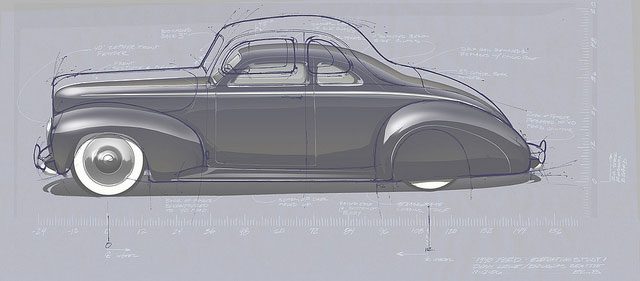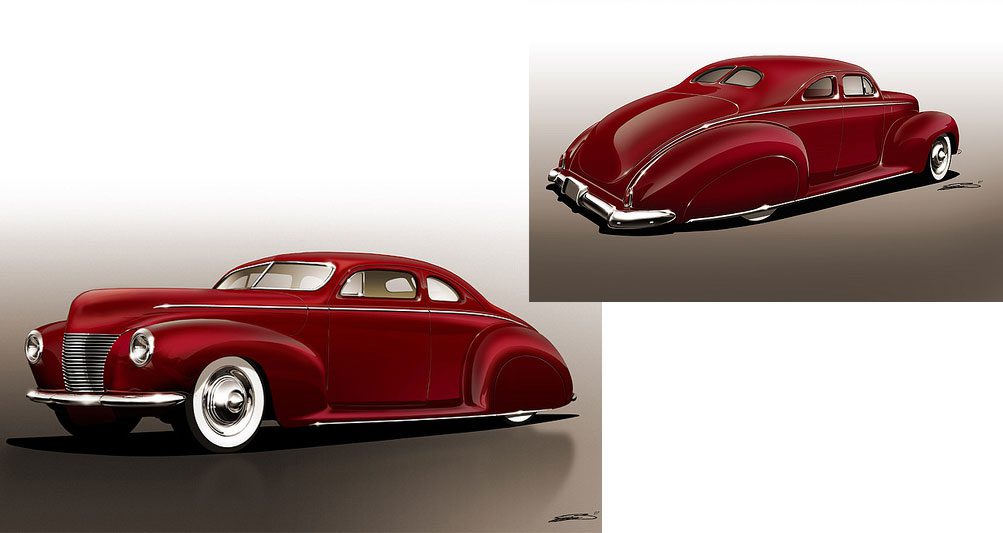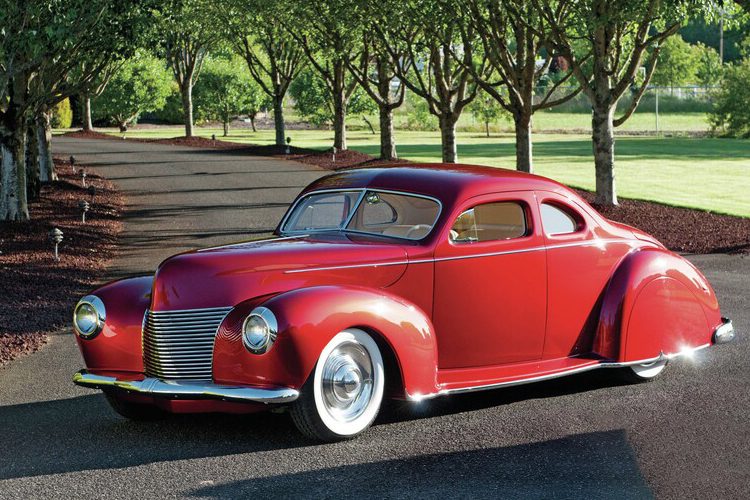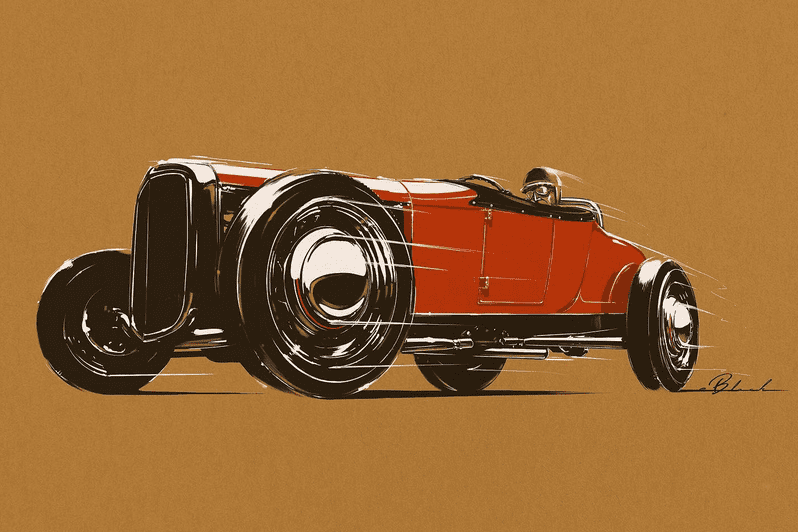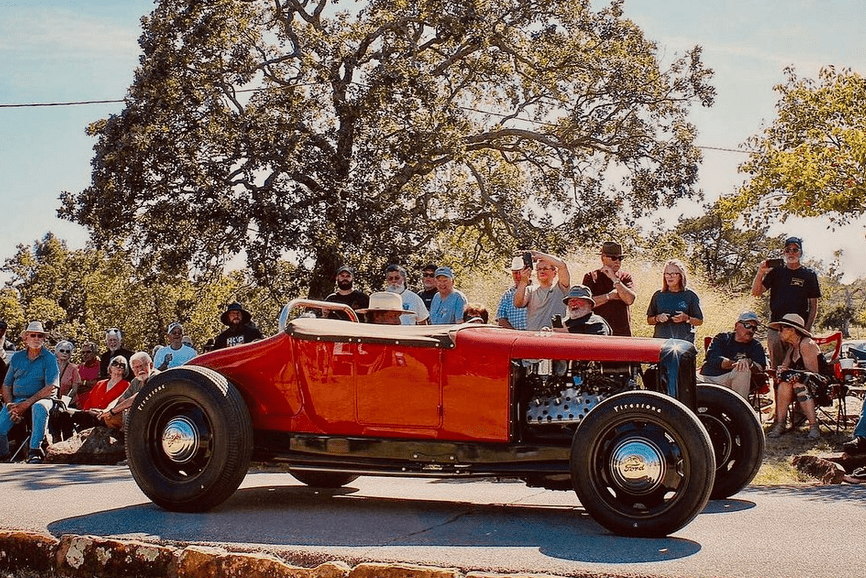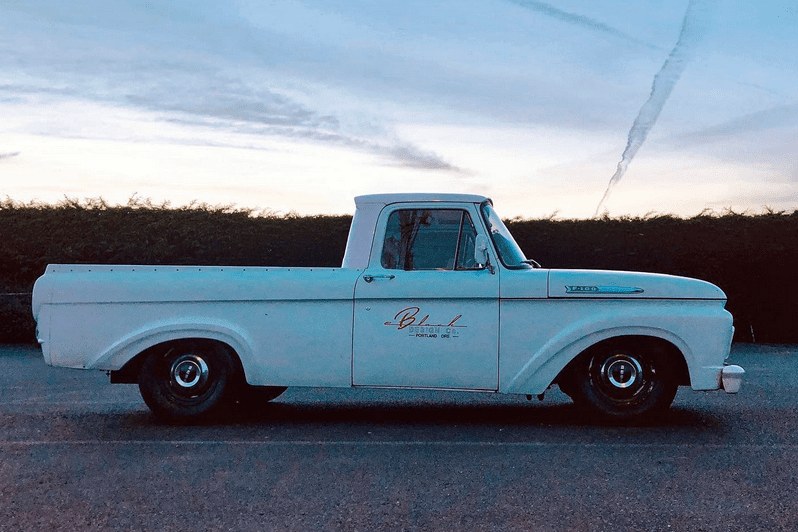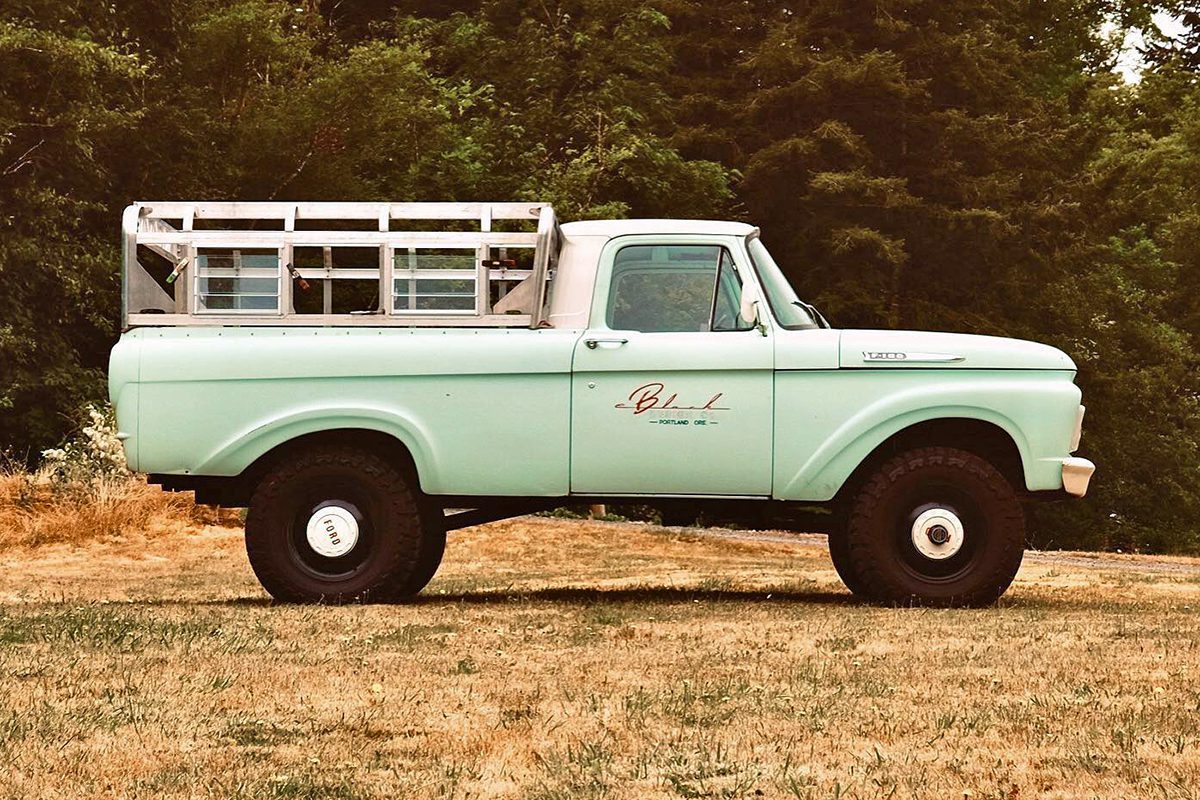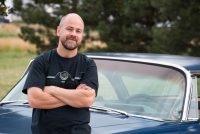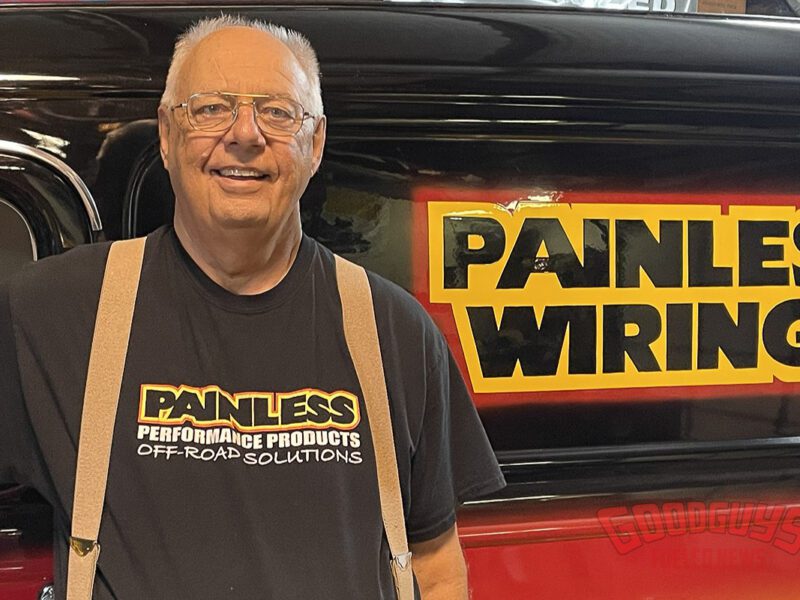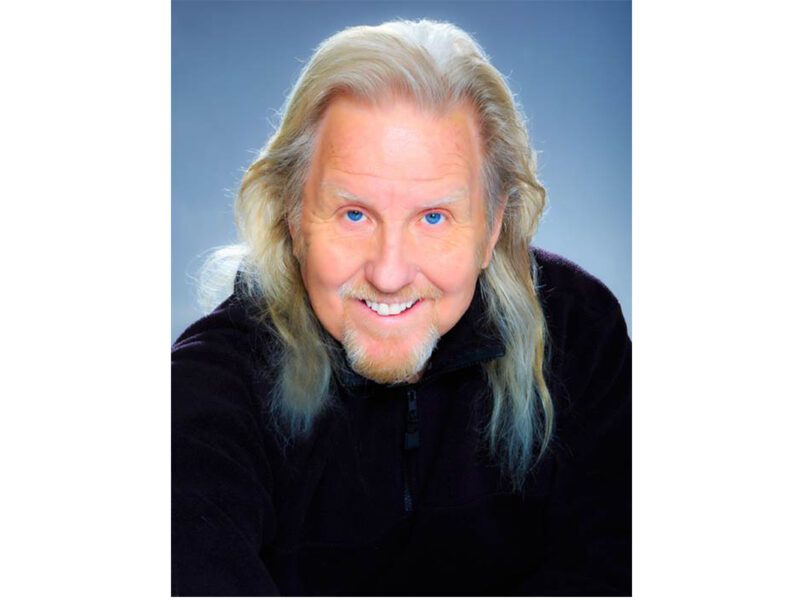5 Minutes With Eric Black
Artist Eric Black has been drawing cars all his life. His infatuation began with big rigs as a young boy, but quickly expanded into passenger cars and pickups – basically anything with wheels. Growing up in Wyoming in the ’80s, his high school scene was dominated by street machines, including his own ’73 Nova, but thanks to the magazines of the era he was also able to discover the world of hot rods and customs where much of his contemporary work is focused.
An obsession with illustration ultimately led Black to study architecture in college, and he spent more than a decade in that field. Cars were always on his mind, though – a passion he pursued on the side as a creative outlet and a paying hobby. His automotive art began gaining attention in the mid-2000s, leading to more commissions and ultimately the opportunity to take the pursuit full-time under the name e. Black Design Co.
We caught up with Black, who recently penned the Goodguys 2023/2024 Grand Prize Giveaway ’32 Ford coupe being built at Streamline Custom Designs (rendering shown below), to learn more about his background, his process, and what makes a good profile so important.
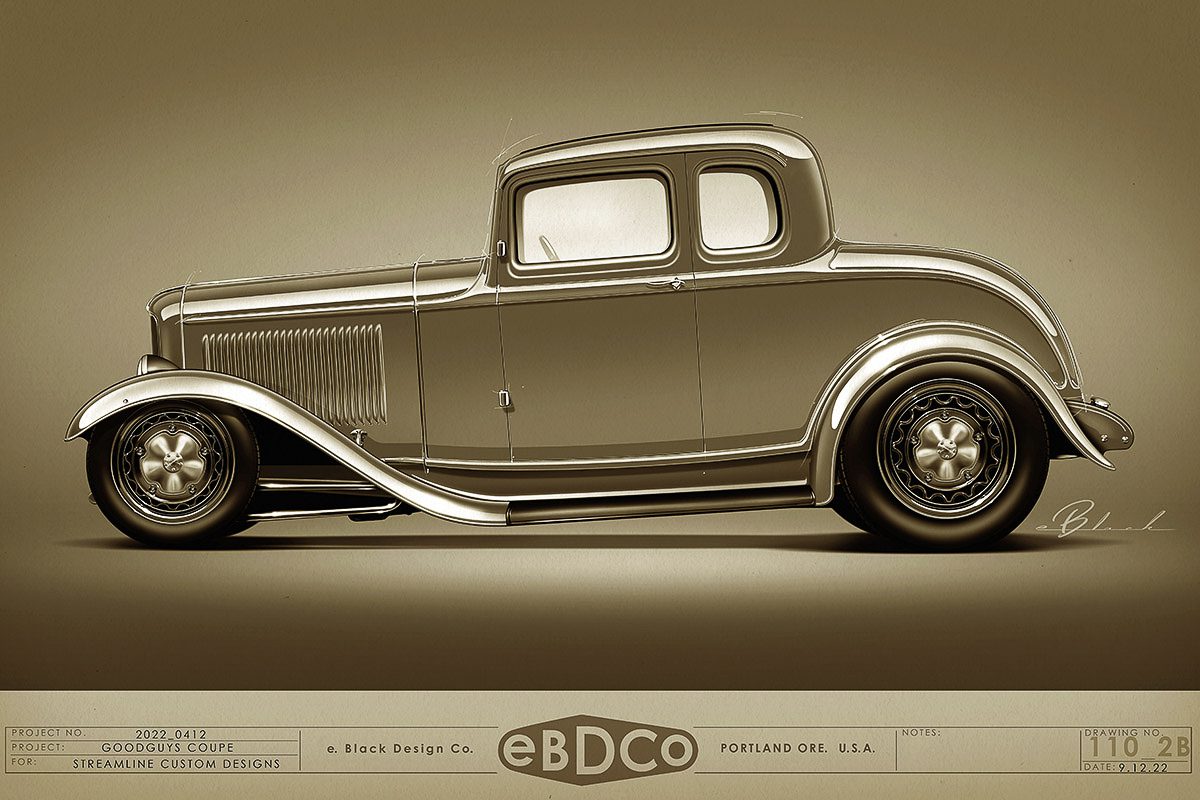
Goodguys Gazette: What were your automotive influences as a kid?
Eric Black: I grew up in Wyoming, and I was pretty isolated. The magazines were huge in terms of influencing me. Once I realized there were all kinds of car magazines, that’s how I would spend my time. I would be at the store, sitting on the floor, reading every car magazine they had.
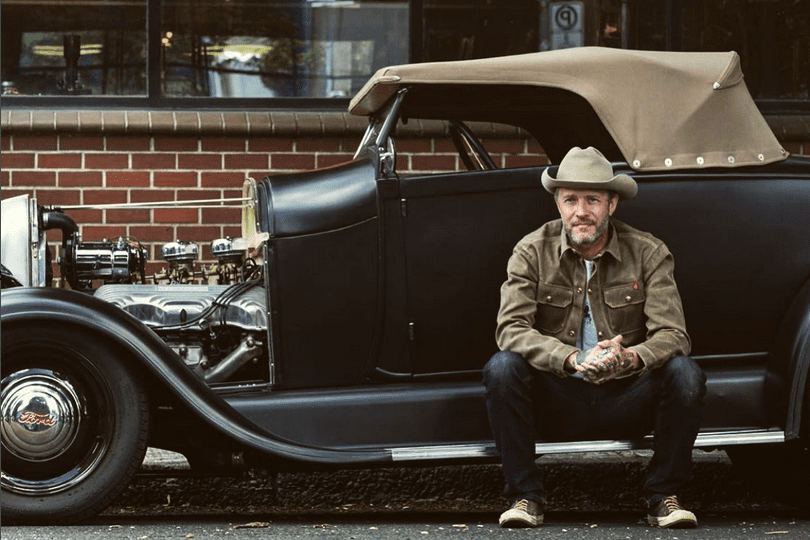 GG: How did you get started with art and illustration?
GG: How did you get started with art and illustration?
Black: I’ve been drawing since I could hold a pencil. Growing up, I was always drawing cars. I still remember my art teacher who said I would never make a living if all I drew was cars, and I was thankful to prove her wrong.
I looked at going to school for automotive design, but I went into architecture, mainly because I knew I could get a job doing it, and it interested me. Going through architecture school, I learned about technology. I taught myself how to use the computer to my advantage. I still use those same techniques, just in a different way.
GG: Was there a specific breakthrough for you in doing automotive art professionally?
Black: I can blame that on the recession of 2008. I started an architecture firm in late-2007, which couldn’t have been worse timing. I’ve always said there are too many architects in the world, so I just removed myself from the equation in 2012 when I started doing this full-time.
GG: Do you remember the first car you drew that actually got built?
Black: Yes. I got a call from customizer Donn Lowe. He had just started building the ’40 Ford coupe for Doug Beattie. I worked directly with Donn in his shop. He created photograph paste-ups like all the customizers did back in the day; take a bunch of photos, cut ’em up, tape ’em together. He handed me that and says, “this is what I want to do.” So, I drew that up and we made a couple changes along the way. I was the student, and Donn really taught me a lot. It was a wonderful experience.
GG: When a client hires you, how much of the design is their input versus your vision?
Black: It depends on the client. I have some builders that basically give me a blank slate, and other clients where it’s pretty much their vision and I’m interpreting it. I don’t really mind either one. It comes down to having the right attitude about what my role is.
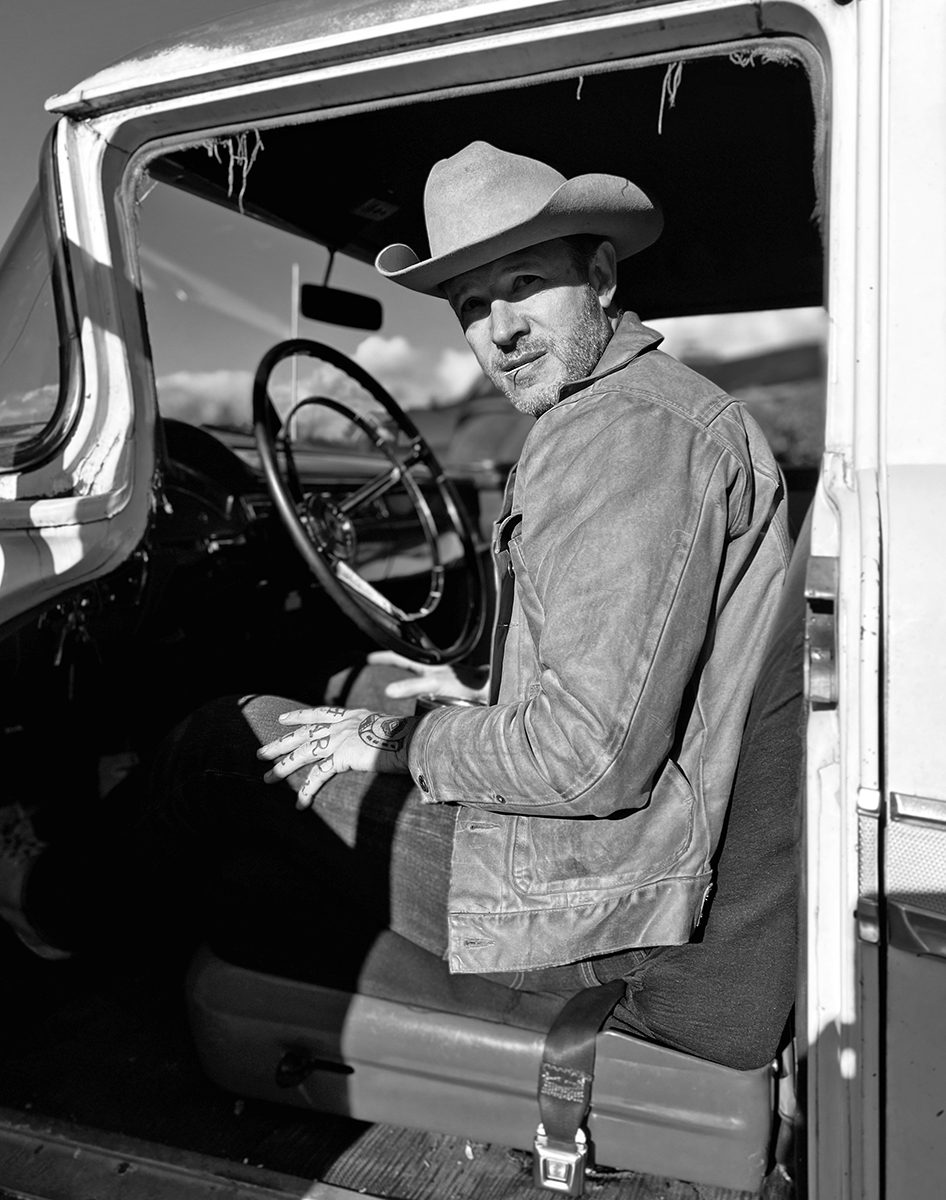 GG: What’s your process like? Do you have a daily routine?
GG: What’s your process like? Do you have a daily routine?
Black: I have pretty heavy ADD. That was difficult as an architect, where I’d be working on one project for two years. Now, I almost always have around 40 active projects. Being able to bounce from one project to the other is helpful for me to keep things loose. My daily routine is I try to get as much knocked out as early as I can. I’m definitely a morning person. I have what I consider to be production work and creative work, and I try to do the production work early, and then the creative side is sort of my evening work.
GG: What’s your technical process?
Black: It’s hand drawn, but in the computer. Often my ideas are doodled out on post-it notes; it’s a quick way to throw ideas down. From there I’ll work on the computer. I have a screen that allows me to draw right on it. It’s really an incredible tool because I can make a drawing without being too invested in it, because I know I can change it.
GG: Many of your designs begin with a profile. What’s so important about that?
Black: A profile is the only clear drawing you can look at to understand proportions. That’s a scalable drawing. From that, we can test wheel, tire, stance, color. If we can get the profile nailed, we might move to the front or rear 3/4-view, but not every project needs eight different views to truly understand it.
GG: What personal projects do you have?
Black: I have a ’29 roadster that my good friend Dave Lyon built in the ’80s. I bought that and kind of made it my own. It still has a few ’80s touches that need to be removed, but it’s a neat little car and drives great.
When I bought that car, I felt like I was selling out. I told myself I needed to commit to building a car from start to finish. That’s when I started building that little T roadster I just finished (shown above). It took way too long, and it cost way too much money, but I’m really happy I did it. I also have a ’61 F100 I did a 4×4 conversion on a couple of years ago (below). That truck will stick with me forever. I love it.

